Exploring Childhood and Family Bonds in Carol Santos’Art
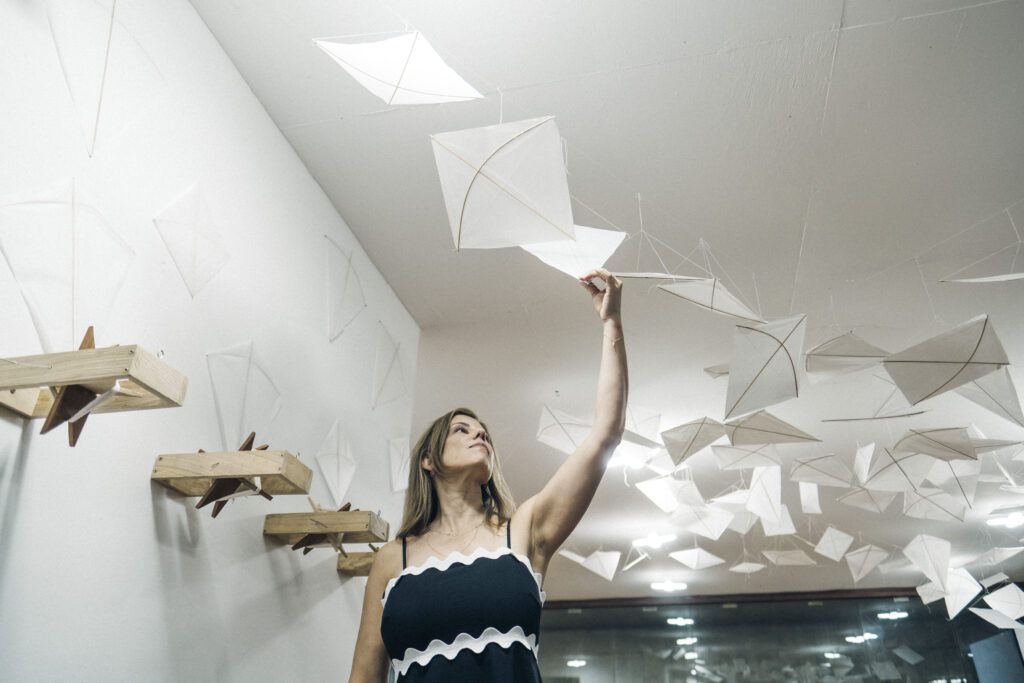
Carol Santos is a Brazilian-born, Atlanta-based multidisciplinary artist. In this interview, she opens up about her creative journey, where she combines personal memories, cultural roots, and the importance of family traditions. Her work captures themes like childhood, preserving history, and the deep connections within families, often using natural pigments and recycled materials to bring out feelings of nostalgia. Carol’s art is a reflection of her Brazilian heritage and serves as a way to connect her past with her present.
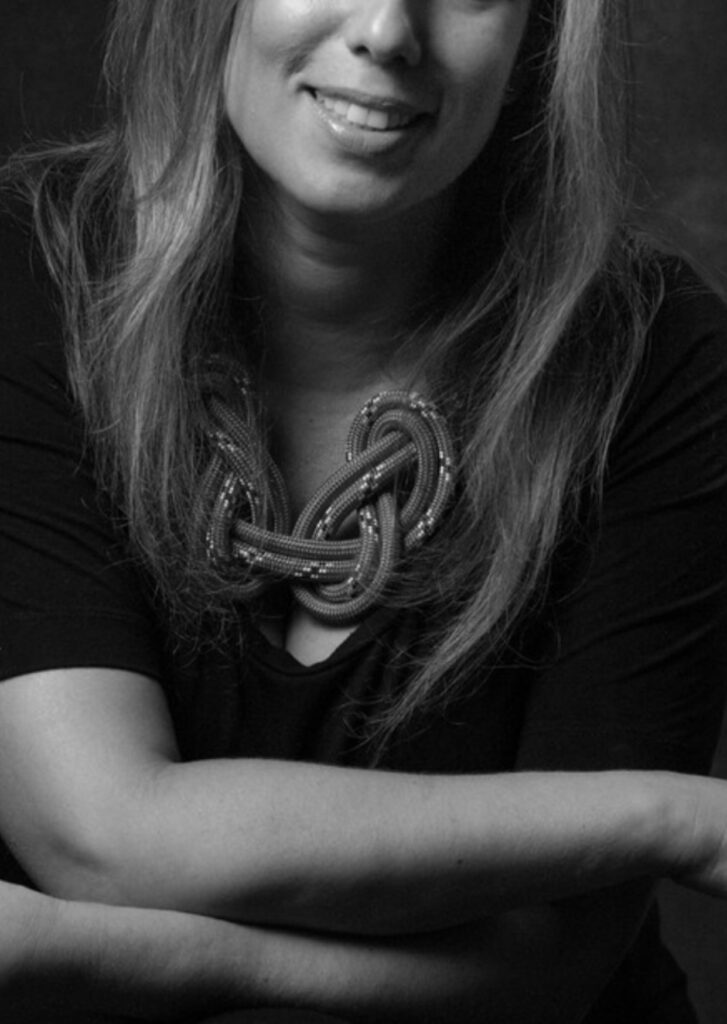
Carol Santos is a Brazilian-born, Atlanta-based multidisciplinary artist. Her work is informed by her family’s and her own experiences. Santos’ artistic vocabulary includes acrylics, oils, and natural pigments on canvas, sculptures, textiles, and conceptual and performance art. Carol’s work is a conversation of past, present and future, inviting viewers to reflect on their experiences in a multicultural contemporary society. Santos’s oral and visual history preservation comes through her exploration of giving new life to recycled materials and collaborative memories.
Carol often curates an inclusive space where her children and friends are invited to participate in her work, transforming the narrative into a connected community. Her work is part of private collections in the US, Brazil, and Europe. She has exhibited nationally and virtually, her work has been published in Southeastern art and cultural publications and featured during the 2018 MA! Architectural Tour of Atlanta.
Currently, Santos is finishing her thesis for her MFA in Painting at the Savannah College of Art and Design, where she was awarded scholarships for both Achievement Graduate Studies and Academic Honors. She is a volunteer and intern at the Collections Department of the Museum of Contemporary Art of Georgia and teaches art classes at the Abernathy Art Center, in Sandy Springs. Carol lives in Sandy Springs with her husband and three children. Her love of traveling, reading, cooking, and hosting friends is a foundational aspect of her work.
1. Where do you find inspiration for your artwork?
Inspiration comes from my children, family history and childhood memories. I get curious about how to tell my stories in a way I can explore little bits and pieces of history while investigating processes, materials and connections. The natural pigments series was born from an experiment I did with my daughter during pandemic. We replicated the making of beet juice, in the same way my grandmother used to make when I was a child. The stains left from that experience were the beginning of exploring beet, saffron, and turmeric pigments. Later I went on to paint with coffee. Each of these pigments have an important place in the Brazilian culinary and coffee brings an entire trajectory of culture and colonization, all rooted in my childhood.
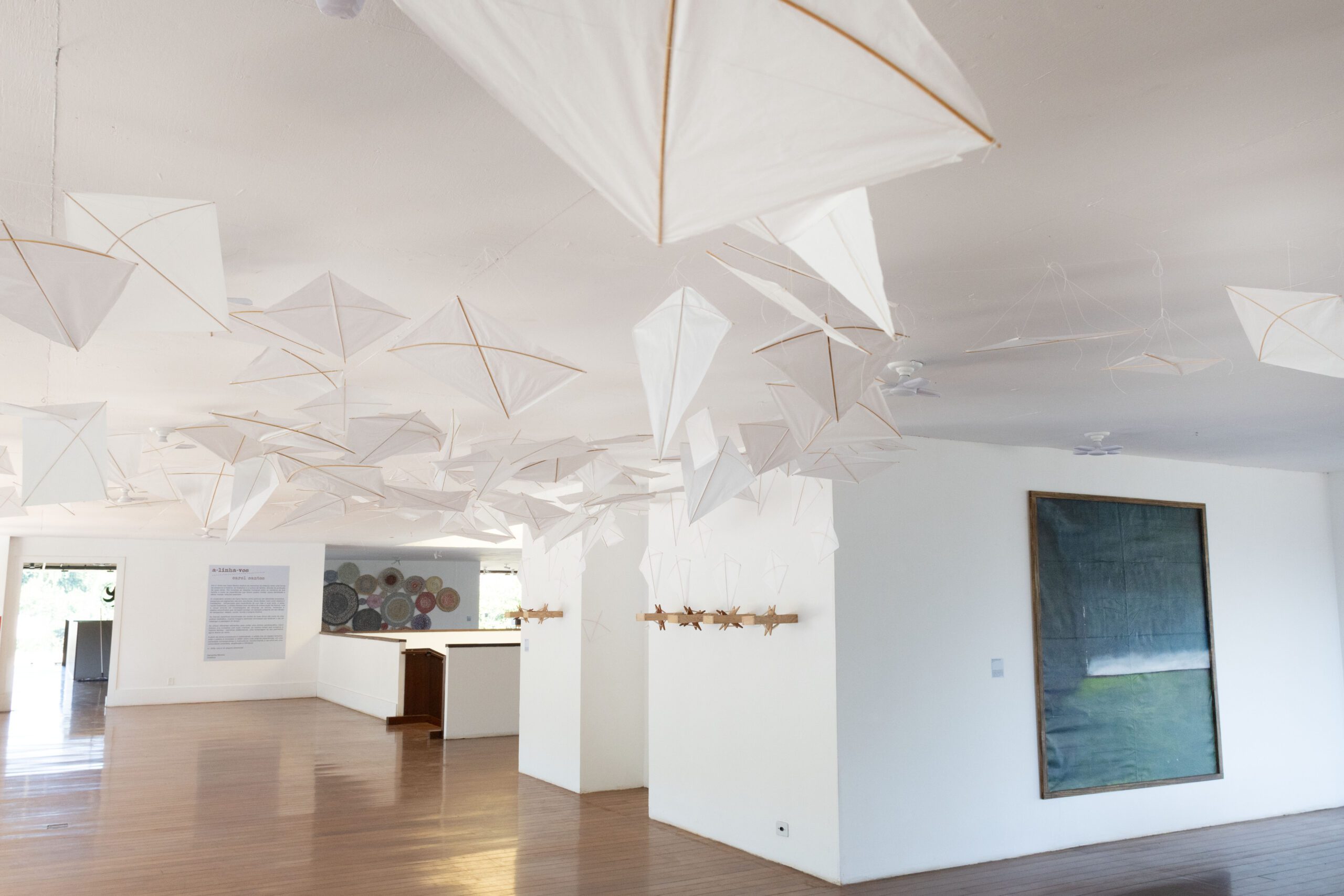
Drawing deeply from personal experiences, my art weaves a narrative that delves into their impact on my children’s lives. Nostalgia, once stigmatized, now serves as a bridge between my Brazilian past and my present identity.
Carol Santos
2. Can you tell us about a particular piece of art that holds special meaning for you?
“Poetry in the Sky” is the largest installation I’ve created to date, deeply reflective of my childhood experiences. Earlier this year, during an art residency in Portugal, my parents visited me, and we traveled together to the North to explore my mother’s heritage. As children, my dad would make us kites, and my brother and I used a wooden reel to fly them. Over the years, I had been sketching and prototyping what we called the “kite flying machine.” During my time at the Aviario Studio in Portugal, which had a fantastic wood shop, my dad and I crafted six new wooden reels for my upcoming show in Brazil. These reels were installed alongside hundreds of kites my dad made, with my family helping in the installation process. The kites are emblematic of my childhood, symbolizing innocence, playfulness, and freedom. The museum Casa de Vidro, with its glass walls and abundant light, was an ideal location to display the kites. It also attracted many school visits, for which I prepared kite kits for each student to take home and build with their families, fostering new memories. This installation will soon be on view in the US at the Hudgens Center near Atlanta, from August through October 2024.
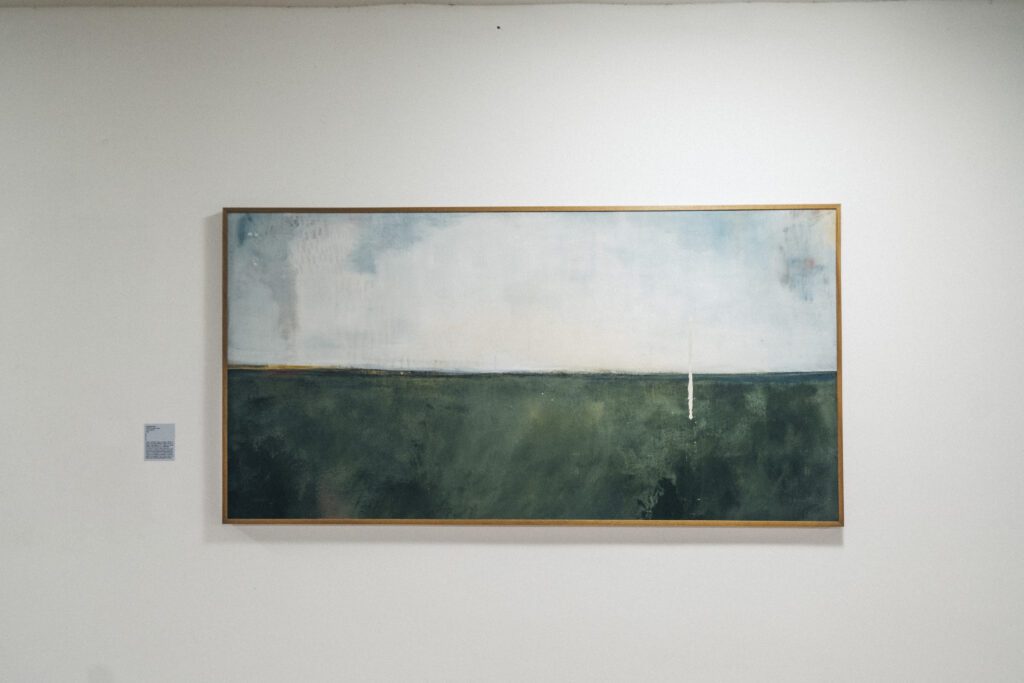
3. What role does experimentation play in your art practice?
Experimentation is as important as creating. For too long, I was focused on painting figuratively to explore my childhood memories. However, when I began experimenting with conceptual art, installations, sculptures, and natural pigments, things started to flow more naturally. I found myself brimming with ideas and often not enough time to bring them all to life. It seems that when I dive into experimentation, some ideas coalesce to forge a new path, a different approach to the process, or a fresh interpretation of the same material. Not all experiments succeed, but the process is crucial for mature creation. In fact, some failures are the most instructive, teaching me what not to do or how to approach things differently. It’s all part of the artistic journey.
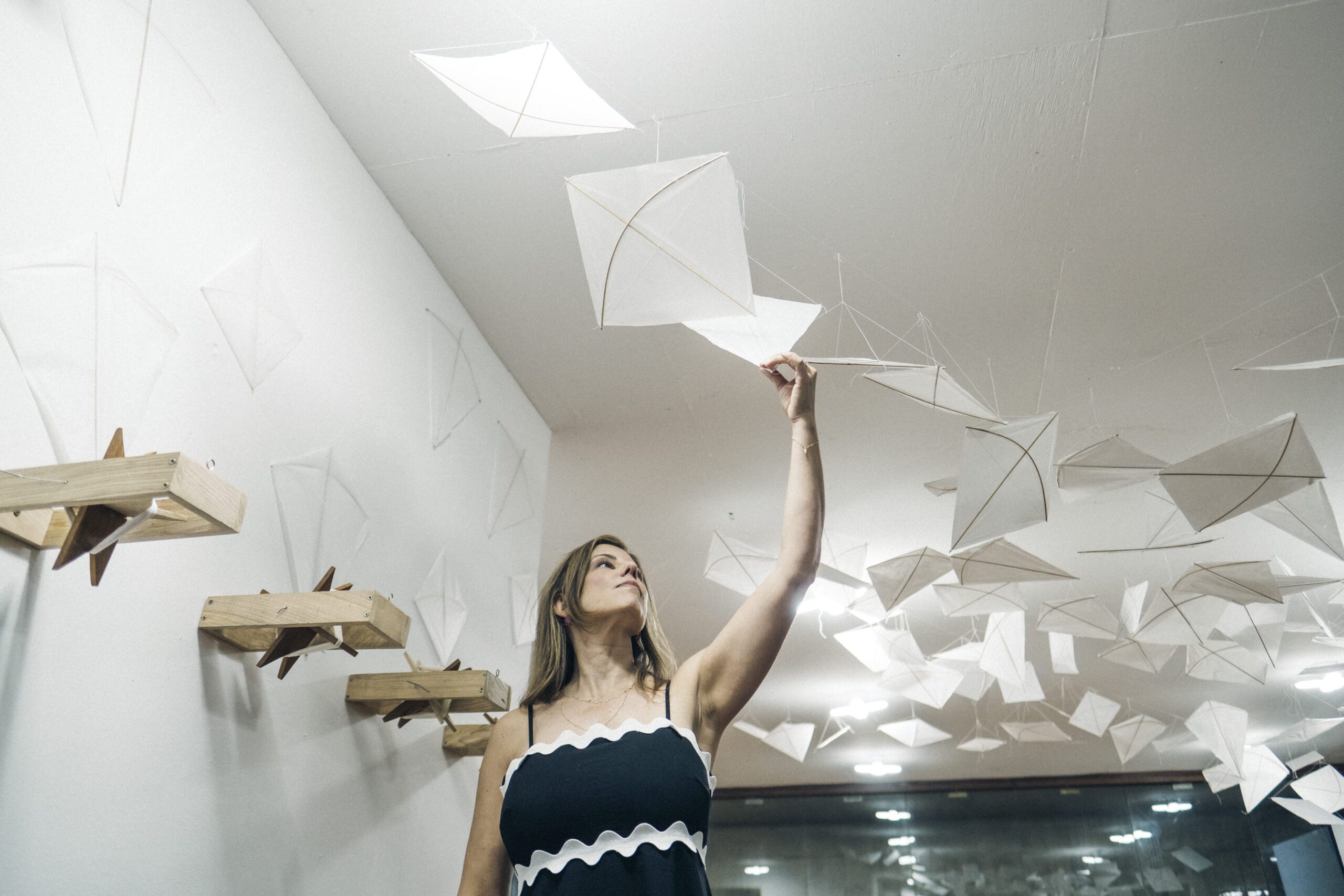
4. What do you hope people take away from experiencing your art?
Connectivity is at the heart of my work. I want others to experience nostalgia, love, and happiness through my art. One of my works, “Womb,” addresses loss and generational trauma. I lost three babies, my mom lost two, and my grandmother lost four. Despite our different circumstances—geographic location, financial status, and education—we were all united by this profound loss. My grandmother had eleven pregnancies over twenty years, living in the tenement district in a two-room flat with no water or electricity. My mother fared better, living a middle-class life with access to doctors in a large city. I, on the other hand, was living in the US, had a master’s degree, and a wonderful medical team by my side. What connects us in these three different scenarios is not just blood but the shared suffering of losing a child. Although miscarriages are more common than we realize, society still struggles to normalize discussing them, leaving many mothers to cope in silence. Every time “Womb” is exhibited, someone comes to hug me and share how profound the piece is, how they too have experienced miscarriages and dealt with it alone. It is incredibly rewarding to know that my work brings a sense of belonging and healing to others.
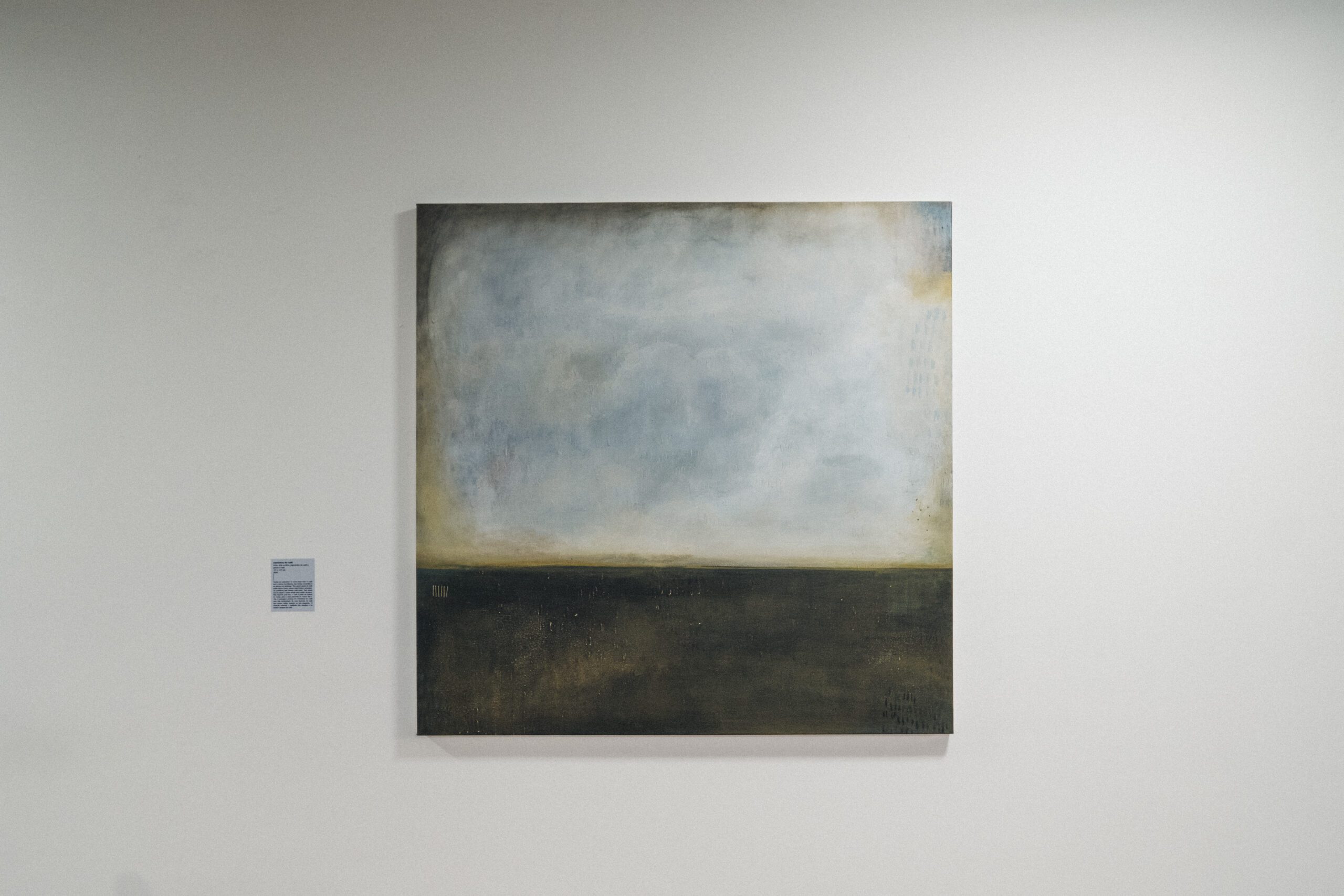
5. Are there any upcoming exhibitions or projects you’re particularly excited about?
Yes! My next show, “Weaving,” will be on view at The Hudgens Center for the Arts from August through October. I continue to teach painting at the Abernathy Arts Center and will soon start as a professor at Kennesaw State University. I’m very excited about the idea of collaboration in the classroom and how interacting with young artists will influence my work. Additionally, I’ve been accepted as a board member at Art Sandy Springs, an organization that collaborates with the city of Sandy Springs, where I live, to promote and elevate culture in our town.
My goal is to create art that elevates viewers’ understanding of the human experience, encouraging reflection on their journey of self- discovery.
Carol Santos
Carol Santos’ art is a heartfelt exploration of memory, identity, and connection. Her dedication to preserving cultural narratives and creating inclusive spaces where community and creativity intertwine is evident in every piece she creates. Carol’s commitment to experimenting and preserving history helps her create art that speaks to both her personal experiences and the shared stories we all hold. To learn more about Carol, click on the links below.
